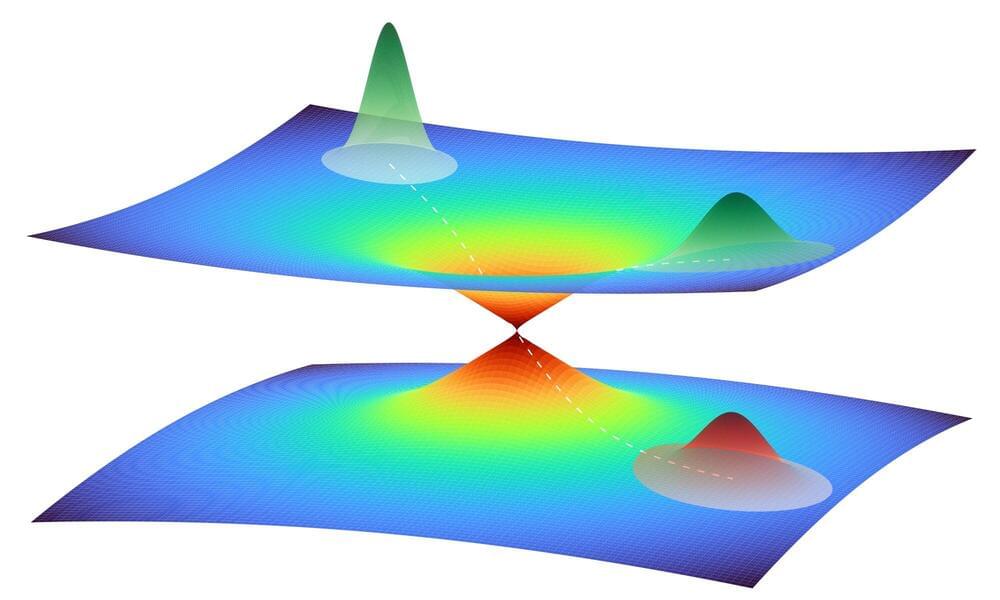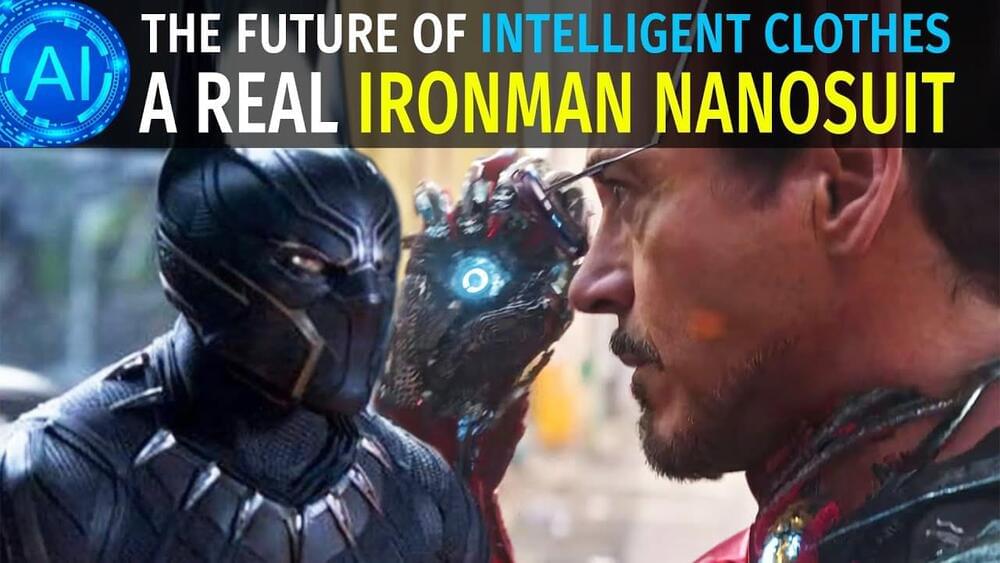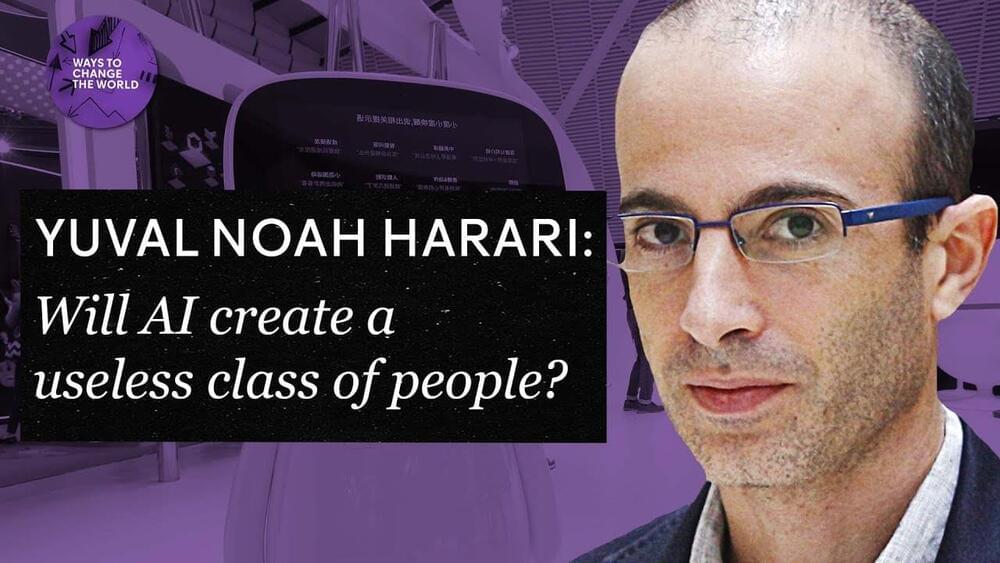Visit our sponsor, Brilliant: https://brilliant.org/IsaacArthur/
Artificial Intelligence offers many challenges, including criminals using AI to break the law, but also of AI, robots, and androids becoming criminals themselves.
Visit our Website: http://www.isaacarthur.net.
Support us on Patreon: https://www.patreon.com/IsaacArthur.
Facebook Group: https://www.facebook.com/groups/1583992725237264/
Reddit: https://www.reddit.com/r/IsaacArthur/
Twitter: https://twitter.com/Isaac_A_Arthur on Twitter and RT our future content.
SFIA Discord Server: https://discord.gg/53GAShE
Listen or Download the audio of this episode from Soundcloud: Episode’s Audio-only version: https://soundcloud.com/isaac-arthur-148927746/criminal-ai.
Episode’s Narration-only version: https://soundcloud.com/isaac-arthur-148927746/criminal-ai-narration-only.
Credits:
Criminal AI
Science & Futurism with Isaac Arthur.
Episode 314 October 28 2021
Written by:
Isaac Arthur.
Jerry Guern.
Produced & narrated by isaac arthur.









